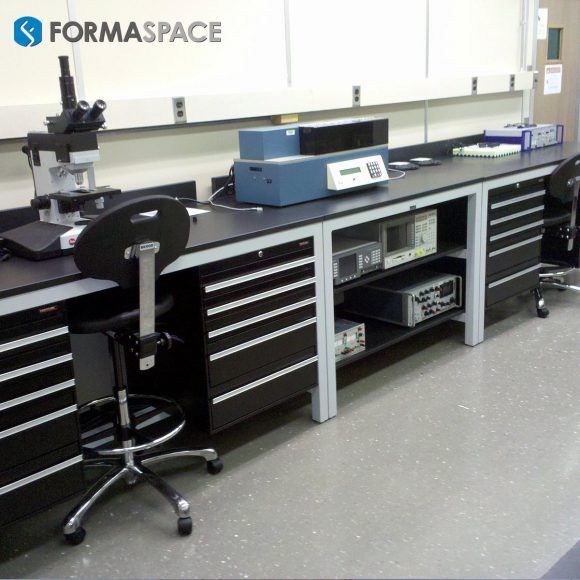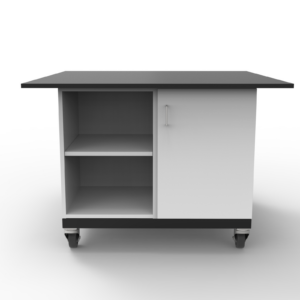Is the Medical Device Single Audit Program (MDSAP) the Solution for Global Compliance?
The agency at the US Food and Drug Administration (FDA) that is responsible for medical device regulation, the Center for Devices and Radiological Health (CDRH), is becoming more open to accepting the global compliance regulations developed by the International Medical Device Regulators Forum (IMDRF).
In fact, the FDA is one of 10 active members of IMDRF that are driving the effort toward creating a uniform set of global standards that will allow manufacturers to certify medical devices for sale in the countries of all the participating members. (To learn more about their goals, you can review the IMDRF’s 2021-2025 strategic plan here.)

Current Active IMDRF Members
- Australia – Therapeutic Goods Administration
- Brazil – National Health Surveillance Agency (ANVISA)
- Canada – Health Canada
- China – China Food and Drug Administration
- Europe – European Commission Directorate-General for Internal Market, Industry, Entrepreneurship and SMEs
- Japan – Pharmaceuticals and Medical Devices Agency and the Ministry of Health, Labour and Welfare
- Russia – Russian Ministry of Health
- Singapore – Health Sciences Authority
- South Korea – Ministry of Food and Drug Safety
- United States – U.S. Food and Drug Administration
How far are we from achieving this goal of a single world standard for medical devices?
The answer is things are moving along at pace.
The IMDRF launched their Medical Device Single Audit Program (MDSAP) as a pilot program to create a uniform world regulatory standard in 2014, and it came into operation in 2017.
Medical device regulators in five countries (including the US and Canada) are active participants helping to drive the new standards.
List of Active MDSAP Partners
- Australian Therapeutic Goods Administration (TGA)
- The Brazilian National Health Surveillance Agency (ANVISA)
(Agência Nacional de Vigilância Sanitária) - Health Canada (HC)
- Japan’s Ministry of Health, Labour and Welfare (MHLW) and Pharmaceuticals and Medical Devices Agency (PMDA)
- U.S. Food and Drug Administration (FDA)
But There is a Sticking Point: EU Medical Devices Regulators are only Official Observers of the MDSAP Initiative, Not Active Members
It’s hoped that, as the program develops, additional national regulatory authorities will be able to participate and coalesce their requirements around MDSAP to create a uniform world standard for medical device regulation.
Unfortunately, at the present time, this still excludes the world’s biggest marketplace – the EU common market – as well as that of its recently divorced member, the United Kingdom. At this time, the European Union only has Official Observer status, and the UK has yet to join on its own.
This creates a heavy burden for US-based manufacturers who have to comply with FDA regulations governing medical devices here at home and a different standard for medical devices sold in Europe and the UK.
US Medical Device Manufacturers Marketing Products into the EU Requires following new EU 2017/745 Medical Device Regulations (MDR) that come into Effect in May 2021
Given the enormous size of the EU market, most pharma companies will still want to comply with new EU regulations.
It’s now crunch time.
After a year’s postponement, the first of two important new EU Medical Device Regulations (MDR) comes into effect in May 2021. As a result, pharma manufacturers need to finalize their compliance measures now to continue marketing their medical devices throughout the EU common market after May 26, 2021.
Which EU Medical Device Regulations are Changing?
In April 2017, the European Commission approved the eventual retirement of the three directives governing medical devices that date back to the 1990s:
- Council Directive 90/385/EEC on Active Implantable Medical Devices (AIMDD) (1990)
- Council Directive 93/42/EEC on Medical Devices (MDD) (1993)
- Directive 98/79/EC of the European Parliament and of the Council on in vitro Diagnostic Medical Devices (IVDMD)
In their place, the EU approved two new regulations governing regular medical devices and in vitro diagnostic (IVD) medical devices on 25 May 2017:
- Regulation (EU) 2017/745 of the European Parliament and of the Council of 5 April 2017 on medical devices, amending Directive 2001/83/EC, Regulation (EC) No 178/2002 and Regulation (EC) No 1223/2009 and repealing Council Directives 90/385.EEC and 93/42/EEC
- Regulation (EU) 2017/746 of the European Parliament and of the Council of 5 April 2017 on in vitro diagnostic medical devices and repealing Directive 98/79/EC and Commission Decision 2010/227/EU
Both of these new EU regulations have had a lengthy staged implementation period, with the first regulation (EU 2017/745) having been delayed an additional year (until May 26, 2021) to allow medical authorities to “focus on the Coronavirus,” while the second regulation (EU 2017/746) covering in vitro devices won’t come into force until a year later (May 26, 2022).
Why are the EU’s MDR and IVDR Regulations being updated?
According to the European Union, there are over 500,000 different types of medical devices and in vitro diagnostic medical devices (IVDs) available within the EU market.
Traditional categories of medical devices include X-ray machines, pacemakers, and hip replacements. Common IVDs products include clinical testing gear equipped with needles, such as blood tests for infectious diseases or blood sugar monitoring systems for diabetics.
However, there have been many advancements in medical device technology since the three original three EU directives were promulgated back in the 1990s.
Examples of new product categories that have emerged since that time include a broad array of cosmetic products (such as cosmetic contact lenses, implants, and fillers) as well as Software as a Medical Device (SaMD) – all of which require new uniform regulations to facilitate the sale of safe medical devices across the European Union.
Let’s take a look at how these new regulations change the compliance landscape for medical device manufacturers.
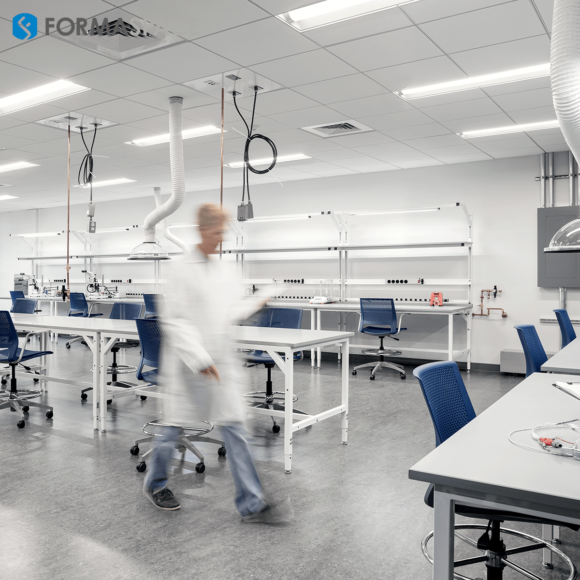
A. More product categories will now be regulated as medical devices.
As we alluded to above, compared to the original three directives, the new EU MDR rules now touch on a wider range of products than before.
Manufacturers will also want to look at all 16 Annexes of Regulation (EU) 2017/745, especially those who make cosmetic products.
Why cosmetic products in particular?
The new regulations are a direct response to overcoming a difficult chapter in the history of regulating medical devices in Europe, e.g. the case of faulty breast implants developed by the French company Poly Implant Prothese (PIP). EU regulators were heavily criticized for moving far too slowly, in part due to a lack of effective tracking tools to identify women who received the dangerously defective implants.
As a result, many formerly unregulated cosmetic products will now fall under the new Annex XVI rules, including colored contact lenses, dermal fillers, liposuction tools, cosmetic implants, and laser equipment for skin treatments, hair removal, and tattoo removal.
B. More uniform application of medical device rules across the EU
Sharp observers will note that the three original medical device regulations were “directives” and the new ones are “regulations.” This change in terminology is significant, as compliance is now a requirement for selling into the internal EU market. The new regulations will also apply equally to all 27 EU countries.
C. Introduction of a Central EUDAMED Database
The PIP crisis also informed the creation of a European-wide database, dubbed EUDAMED.
The purpose of the database is twofold.
First, it includes a centralized portal for manufacturers to report serious events, which (it is hoped) will result in a quicker response by medical authorities.
Second, it will maintain a comprehensive product registry with unique device identifiers so that corrective actions (such as product recalls) can be accomplished faster and more accurately.
(NB the product serialization requirement is still being phased in, see the product labeling paragraph below for more details.)
D. Designated Compliance Officer and Registration Approval by “Notified Body”
The new regulations also formalize a process for compliance, including establishing a requirement to designate a responsible individual as the point of contact (in practice, this will typically be a company’s Compliance or Quality Officer).
Medical device manufacturers will also need to submit their quality testing strategy to a national “notified body” for market registration.
E. Need for updated QMS validation
In practical terms, all medical devices (outside of Class I) will need to undertake a new successful independent third-party audit of their Quality Management System (QMS) to receive market registration approvals from the “notified body.”
F. Redo lab certifications on medical device products
In many cases, the new MDR rules have a greater scope of testing requirements, which means medical device manufacturers may need to recertify their existing lab results as well as perform new required tests to come into compliance.
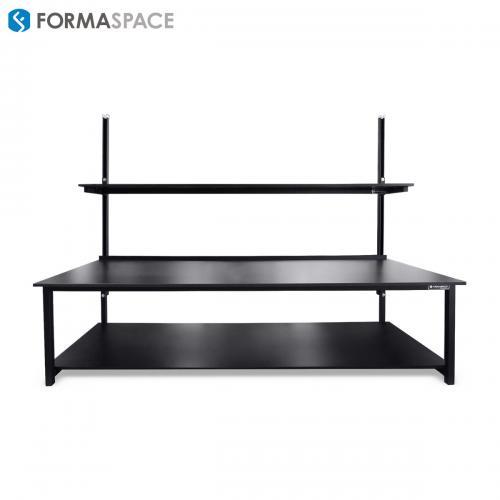
G. Important ISO 13485 changes governing lab test procedures
A major update to ISO 13485, the international standard which governs the biological evaluation of medical devices within a risk management process, is also responsible for significant changes to lab testing and certification processes.
The current version of the standard, ISO 10993-1:2018, specifies which testing procedures medical device manufacturers are required to perform.
These include tests for genotoxicity, carcinogenicity, and reproductive and developmental toxicity; tests for interactions with blood and in vitro cytotoxicity; as well as tests for systemic toxicity; and tests for irritation, skin sensitization, and delayed-type hypersensitivity.
H. Phased implementation of unique product identifier codes
As we mentioned earlier, a big thrust of the new MDR rules is to speed up the identification of medical devices in the field in times of crisis, during a product recall, for example.
Medical devices sold in Europe are already required to provide clear safety instructions and symbols, including Instructions for Use (IFU) leaflets as well as a Unique Device Identifier (UDI) on all of its labeling.
What’s new is that starting on May 26th, 2021, the most safety-sensitive medical devices (class III) will also need to be clearly labeled with machine-readable product serial numbers (known as the Device Identifier or DI) as well as production lot numbers (known as a Production Identifier or PI). These identifiers need to be recorded in the EUDAMED central database as well to facilitate rapid traceability back to the original manufacturer if needed.
(Class II medical devices will need to comply with this labeling rule by 2023, followed by Class III devices in May 2025.)
I. CE Mark Certificates
As of May 26th, medical device manufacturers will need to comply with the updated EU MDR rules to obtain a new CE mark certificate from their governing Notified Body.
However, because CE accreditations are valid for five years, medical device products with an existing CE mark that are legally placed on the market before the cutoff date can be sold until May 2025, at which point, their CE compliance certificates will expire.
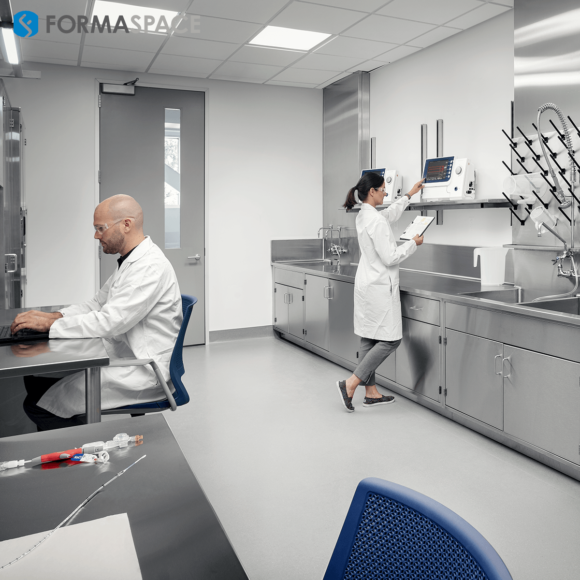
Impact of New EU MDR rules on Medical Device Sales in the United Kingdom
Medical device manufacturers (and pharma companies in general) are still coping with the repercussions of the UK’s withdrawal from the European Union, which included the move of the EU’s European Medicines Agency (EMA) from London to Amsterdam and the establishment of the UK’s new Medicines and Healthcare products Regulatory Agency (MHRA).
Manufacturers looking for compliance guidance in the UK can turn to guidelines published by the UK (effective Jan 1, 2021) governing the sale of medical devices into Great Britain and Northern Island.
Meanwhile, the EU has published guidance on the regulatory consequences of Brexit across all industries (including pharma and medical devices), as well as how it plans to address the regulation of medicinal products imported from the UK.
The EU has also published specific guidance on how to apply general EU law (known as the acquis in EU parlance) to the supply of medicines historically supplied by or through the UK, as well as specific information for manufacturers of cosmetic products.
The bottom line is that medical device manufacturers will need to monitor any new emerging UK medical regulations (and vice versa), and both sides must contend with potentially duplicate labeling and certification processes when exporting medical devices across their respective borders.
Approval of MDSAP Regulatory Rules Cannot Come too Soon for Global Medical Device Manufacturers
From an American medical device manufacturing perspective, the UK’s exit from the EU only compounds the difficulty in trying to comply with conflicting regulatory regimes across the globe.
Hopefully, in the near future, both the EU and UK regulators will become active members in the IMDRF and start to support efforts to coalesce medical device standards around the global MDSAP program.
Formaspace is Your Medical Device Laboratory Partner
If you can imagine it, we can build it, here at our factory headquarters in Austin, Texas.
Formaspace builds custom laboratory furniture for commercial and educational lab facilities as well as custom industrial furniture installations for pharma manufacturers around the world.
Contact your Formaspace Design Consultant today to find out how we can work together to make your next project a success.


